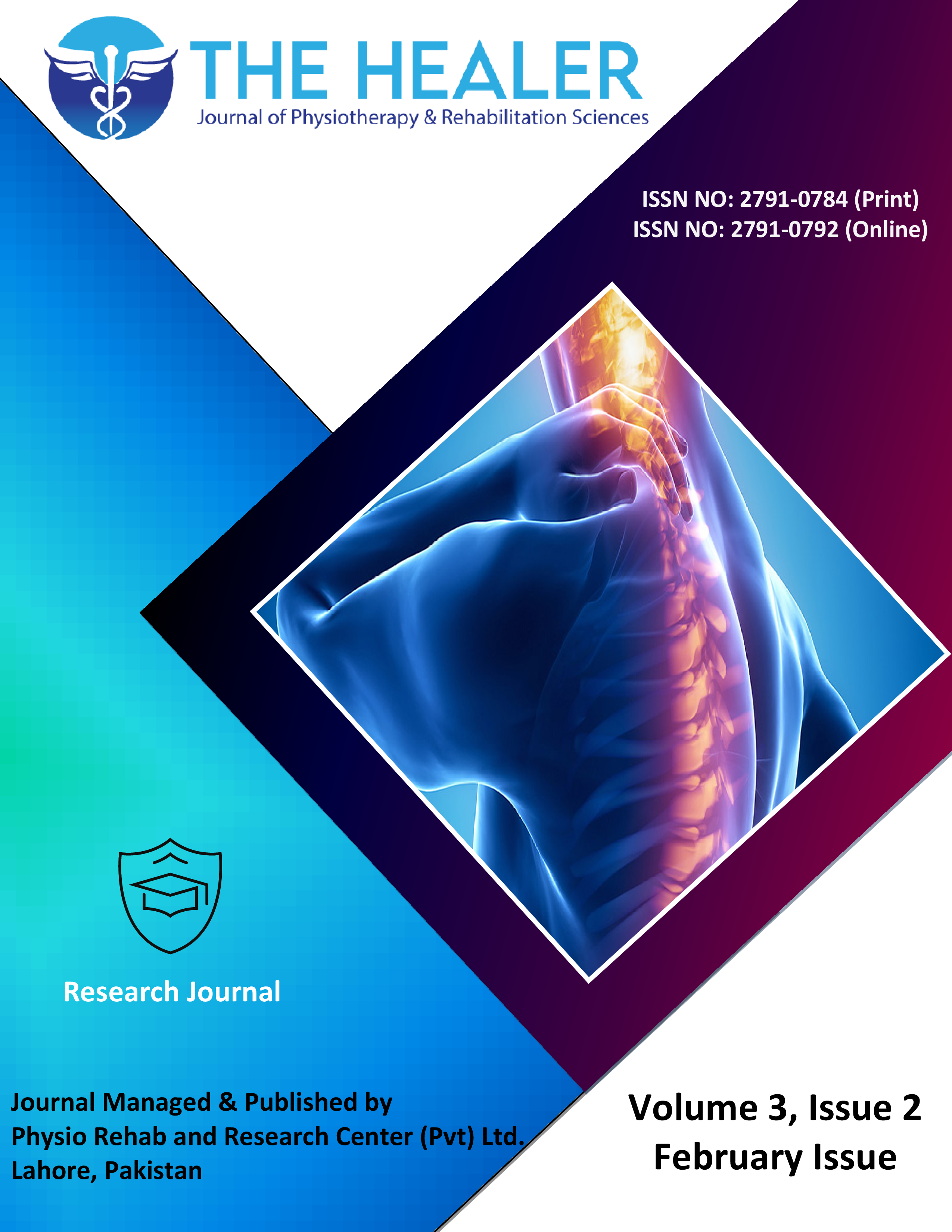Physical Activity Among Geriatric Population
Abstract
The World Health Organization reported that the percentage of adults over 60 is increasing tremendously more than any other age group. Increasing age is linked with decreased physical fitness and increased levels of disability. In the geriatric population, altered gait, mobility, balance, muscle strength, cognition, nutrition, endurance, and physical activity are reduced. This has negative effects on this age group, including a higher risk of falls and fractures, the need for long-term care, hospitalization, and even mortality. Generally, older adults limit their physical activities due to fear of falls. In this population, physical inactivity leads to altered body composition, such as a loss of lean body mass. Consequently, inactivity results in a considerable reduction in maximum force production. Skeletal muscle atrophy is frequently regarded as a sign of aging and inactivity. Sarcopenia is characterized by a broad decrease in muscle mass along with a low level of athletic performance and/or weak muscles. Older persons have limited physical performance and depend on others for daily living activities as a result of all these physical changes.

Additional Files
Published
How to Cite
License
Copyright (c) 2023 The Healer Journal of Physiotherapy and Rehabilitation Sciences

This work is licensed under a Creative Commons Attribution 4.0 International License.
CC BY










